At RIG, all projects begin with high-quality lites of glass—known as monolithic float glass— typically sourced from domestic float glass providers and, as required, from around the world. We give our customers access to the widest array of glass substrates, tints, sizes, and thicknesses.
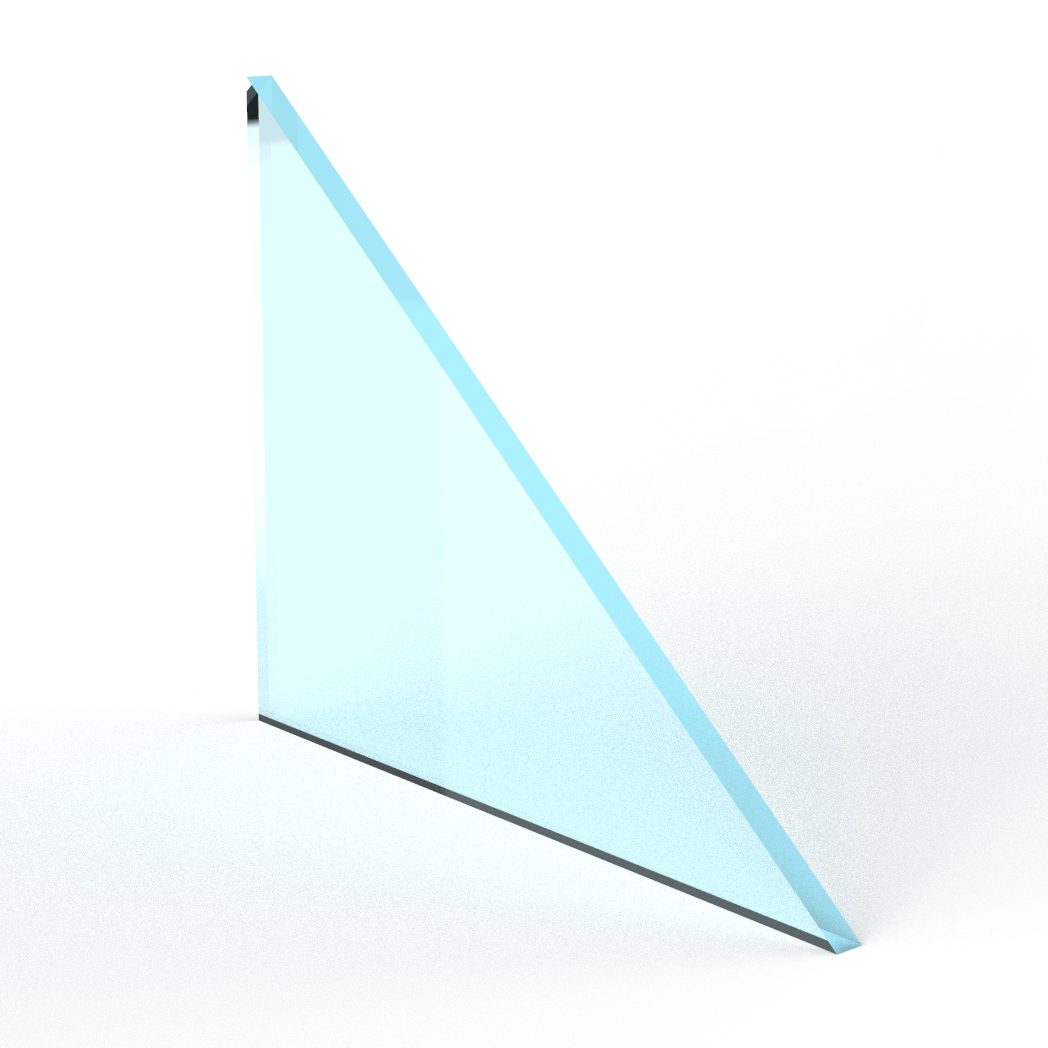
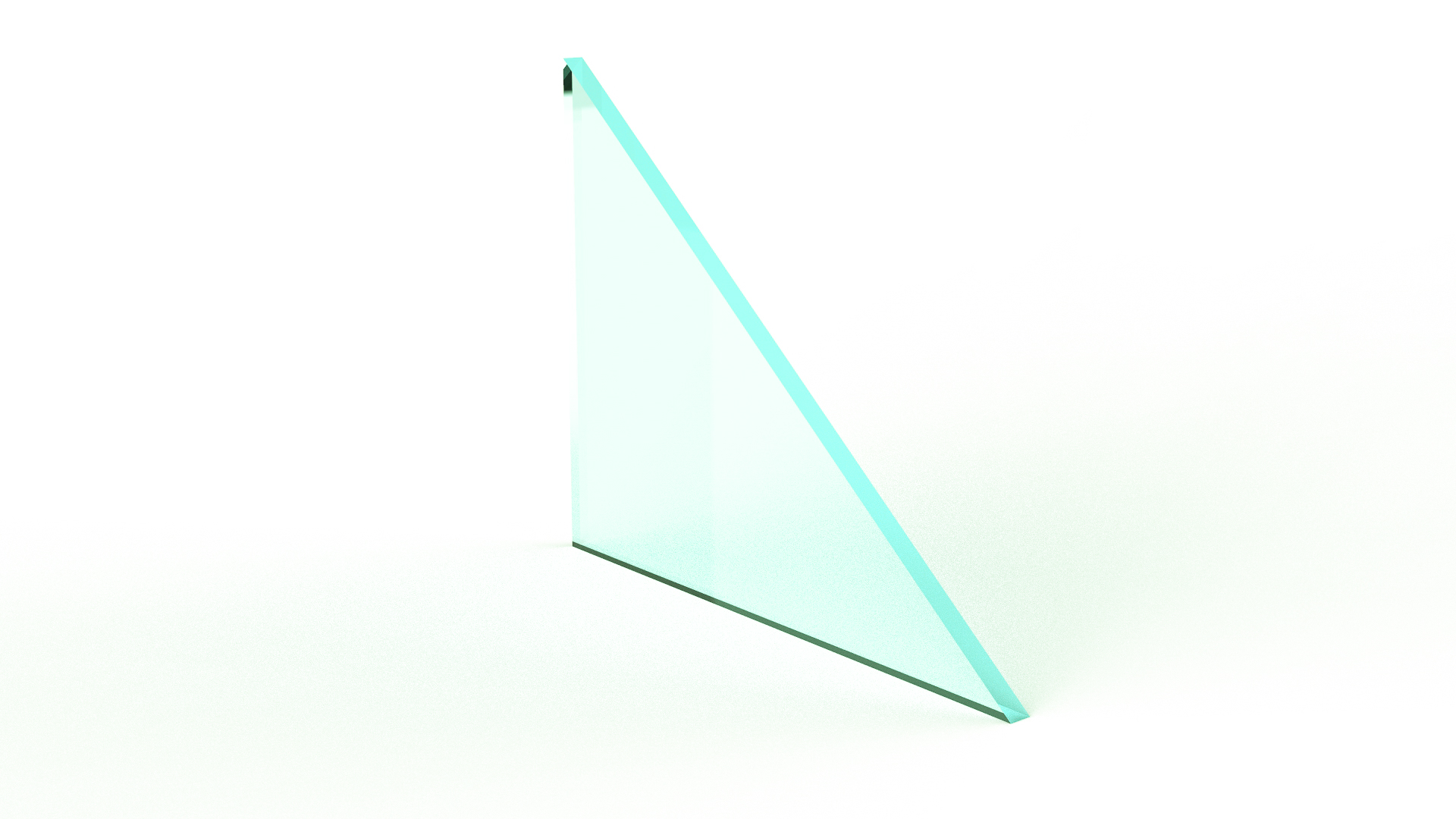
Clear float glass is the most natural, raw form of glass, carrying a green hue.
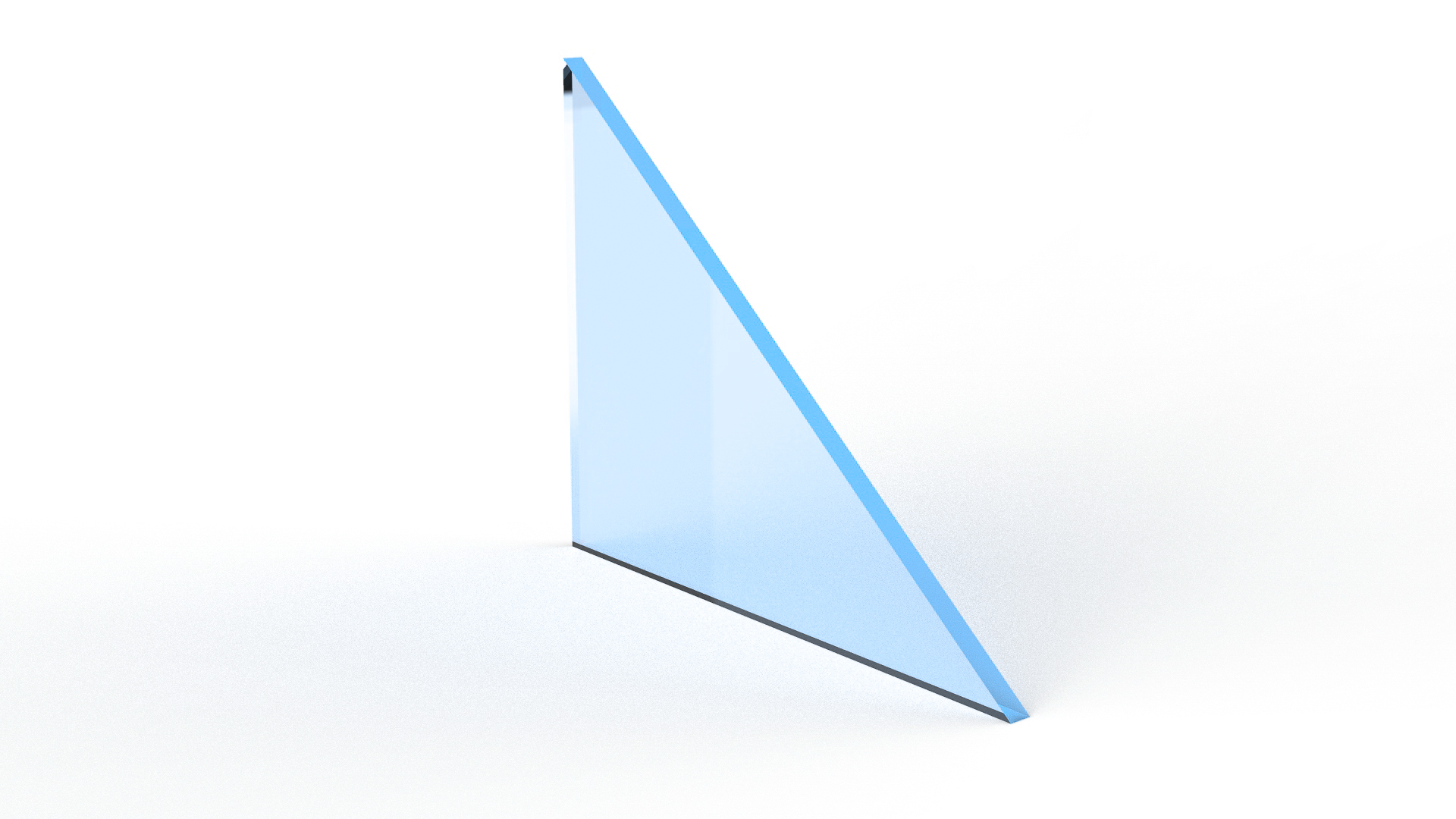
Low-iron float glass is composed of less iron than natural raw float glass, resulting in a more true clear aesthetic with less of a green hue.
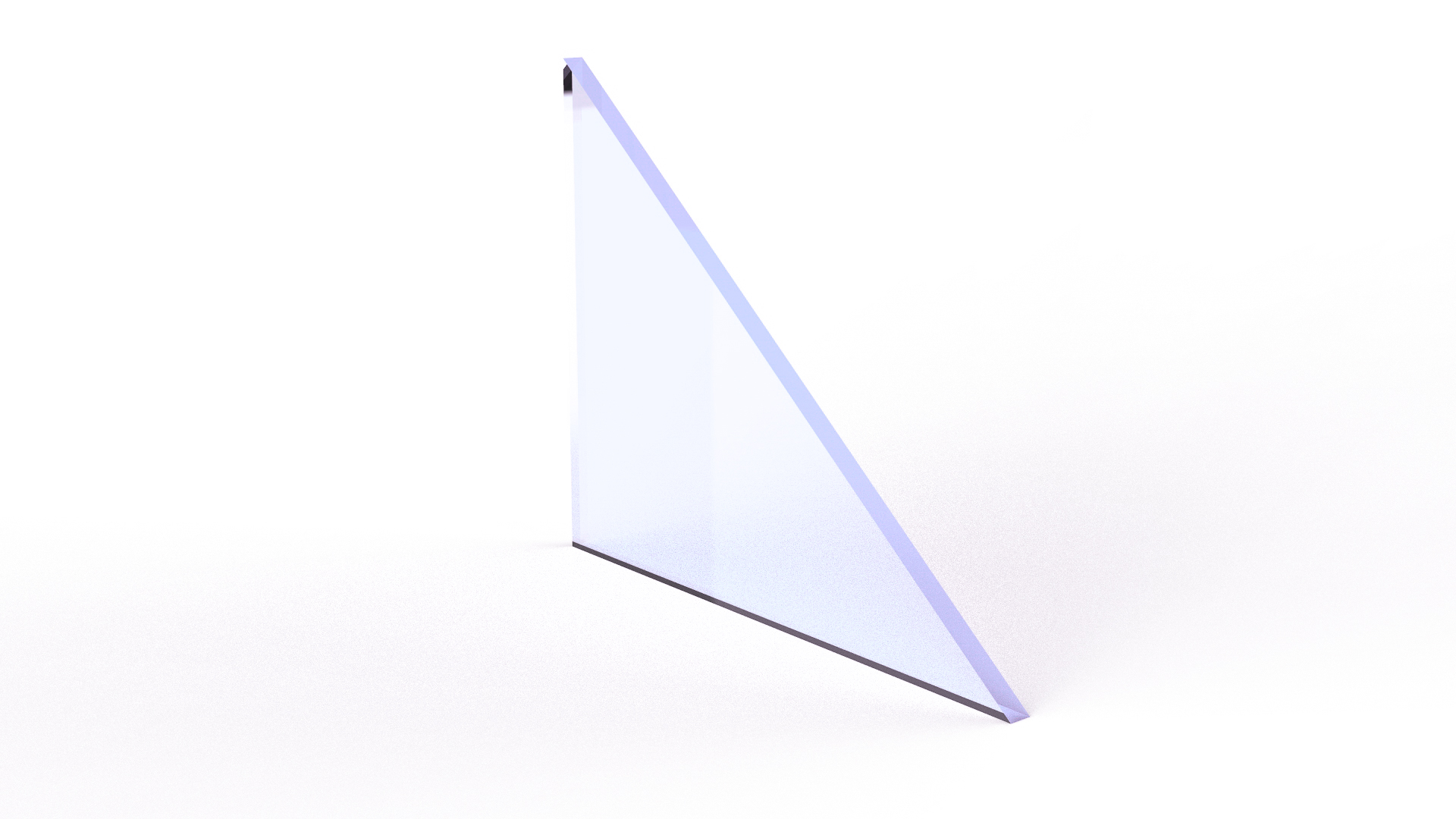
Tinted glass comes in standard and specialized colors. Standard tint colors include gray, bronze and green.
Full or partial coverage coatings, ceramic frit spandrel or digital in-glass printing may be applied for aesthetic, performance or harmonization purposes.
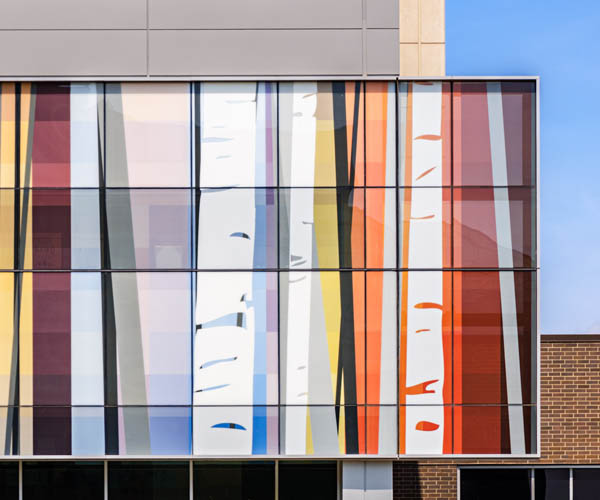
We are able to offer a wide variety of tints. Our standard colors include gray, bronze and green.
Tints are used to:
• Aid in light transmission levels
• Help to meet a desired specific appearance
• Improve performance
Coatings can be applied to tinted, clear, or low-iron glass. By adding a coating you can change the color and reflectivity. This enhancement is typically used to achieve light transmission levels or meet performance specifications. Each of our monolithic float glass supplier provides specialized coatings
Different coatings can include Soft and Hard Coat Low-E, Spandrel and Digital In-Glass Printing.
COATING SURFACE DESIGNATION
It is most common for coatings to be applied on the surface closest to the sun without being exposed to outside elements. This would make the second surface most ideal. However, each project is unique and will require individual evaluation to determine optimal coating placement.
Low-Emissivity coatings are used to meet certain performance requirements. Geographical location, sun exposure, temperature, weather etc. are all variables used to determine the necessary coating. Performance factors include:
• Solar heat gain
• Visible light transmittance
• Light to solar gain
• U-value
…all of which are evaluated to meet specific building requirements.
SOFT VS HARD LOW-E COATINGS:
Low-E coatings are made of layers of a combination of metals.
Soft coatings cannot be exposed to outside elements or touched without proper equipment, due to oxidization of the metal coatings.
Hard coatings are processed differently and through this process the coating is baked into the glass. This allows for hard coat low-E coatings the ability to be exposed to outside elements.